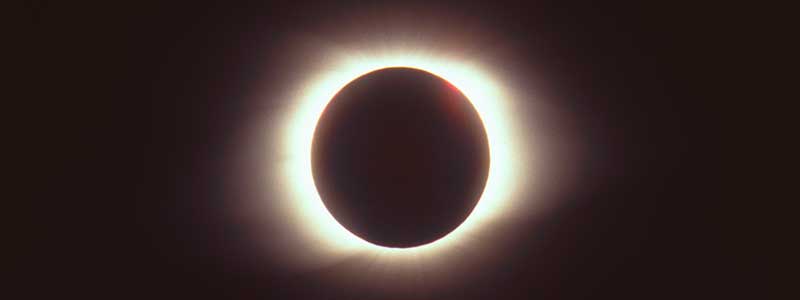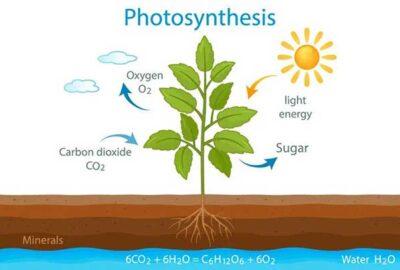“Solar Eclipse: All You Need to Know” provides a comprehensive guide on this fascinating astronomical phenomenon that never fails to capture the attention of sky gazers.
Solar eclipses occur when the moon passes between the sun and the earth, casting a shadow on our planet. These celestial events are not only a stunning visual spectacle but also provide valuable scientific data that helps researchers understand more about our solar system.
Although solar eclipses are relatively rare events, occurring only a few times a year and in specific locations, they have captured human imagination for centuries.
From ancient civilizations to modern-day astronomers, people have been awed by the sight of the sun disappearing behind the moon.
So, if you want to experience the wonder of a solar eclipse, make sure to read this article and plan your viewing experience in advance!



